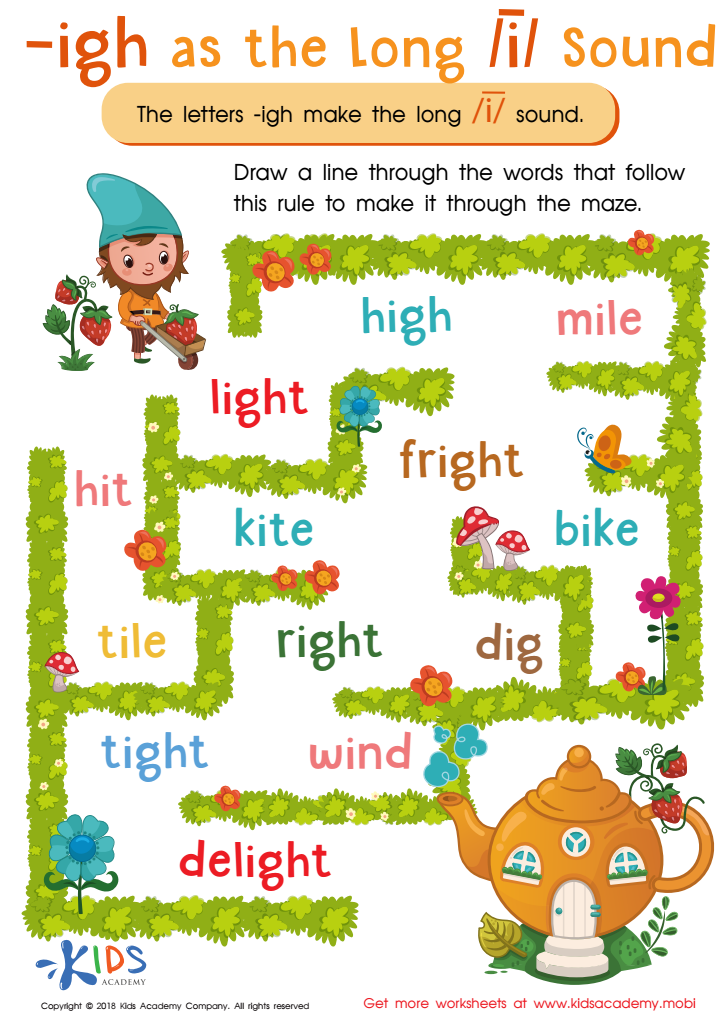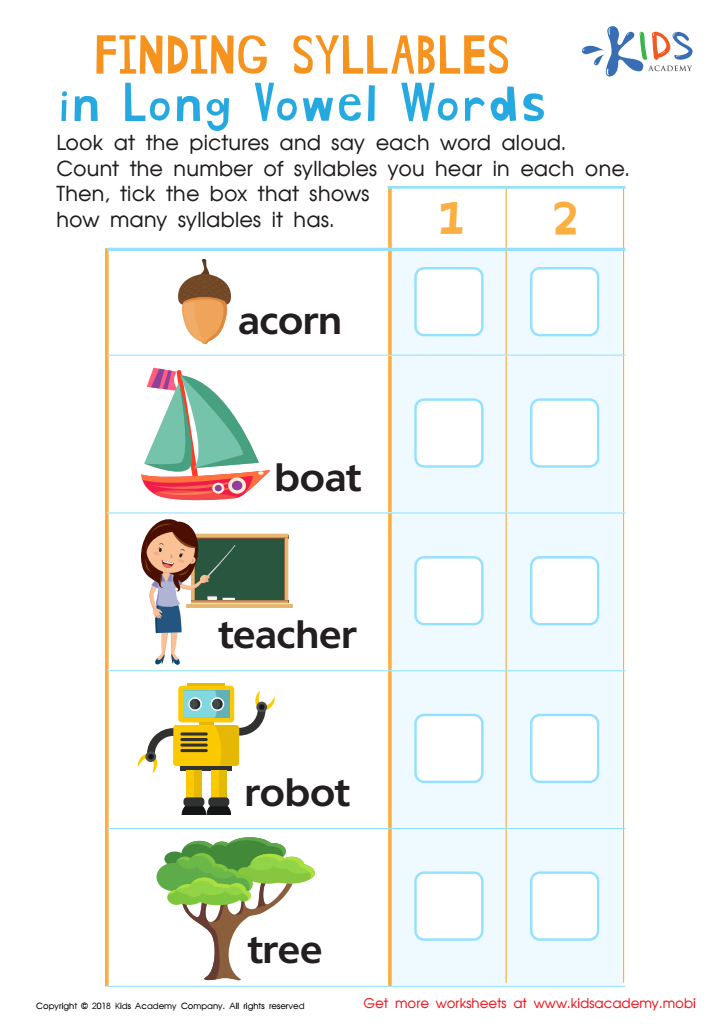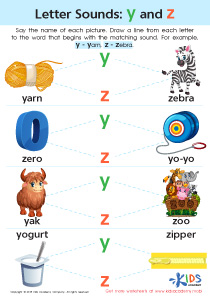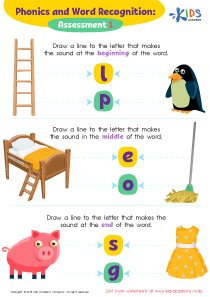Normal Difficulty Vowels and Consonants Worksheets - Page 2
26 filtered results
-
From - To


Reading: IGH as Long I Worksheet


Finding Syllables in Long Vowel Words Worksheet
The Importance of Vowels and Consonants Worksheets for Young Learners
Vowels and consonants are the building blocks of language. Understanding and being able to identify them is essential to achieving success in reading and writing. This is why vowels and consonants worksheets are so useful for kindergarten, grade 1, grade 2, and grade 3 students.
Firstly, these worksheets help young learners understand the difference between vowels and consonants. Vowels are the letters A, E, I, O, U, and sometimes Y. Consonants are all the other letters in the alphabet. By learning this fundamental concept, children can begin to understand how words are formed and start to tackle new words with ease.
Secondly, vowels and consonants worksheets allow children to practice identifying vowels and consonants in words. This skill is essential for reading and writing. By identifying vowels and consonants in different words, students are able to learn how to pronounce words correctly and spell them accurately.
Thirdly, these worksheets are a great resource for developing phonemic awareness. As children practice identifying vowels and consonants, they begin to understand the sounds that different letters make. This knowledge is essential for reading, writing, and communicating effectively.
Fourthly, using vowels and consonants worksheets can help improve memory retention. When children repeatedly practice identifying vowels and consonants, they become more familiar with the sounds of the letters. This familiarity helps them recognize words more easily and ultimately enhances their reading and writing abilities.
Finally, these worksheets can be a fun and engaging way to learn. There are a variety of different activities that can be included on these worksheets, such as coloring, matching, and writing. By making learning fun, children are more likely to stay engaged and retain the information they are learning.
In summary, vowels and consonants worksheets are an incredibly useful tool for teaching young learners about language. By understanding the difference between vowels and consonants and practicing identifying them in words, children can improve their reading, writing, and communicating skills. These worksheets are also a great way to develop phonemic awareness, improve memory retention, and make learning fun.

 Assign to My Students
Assign to My Students









